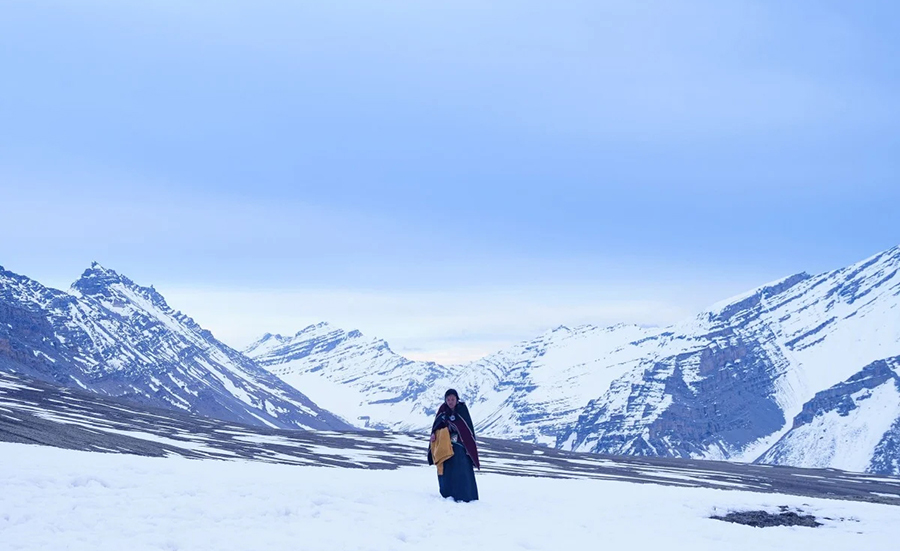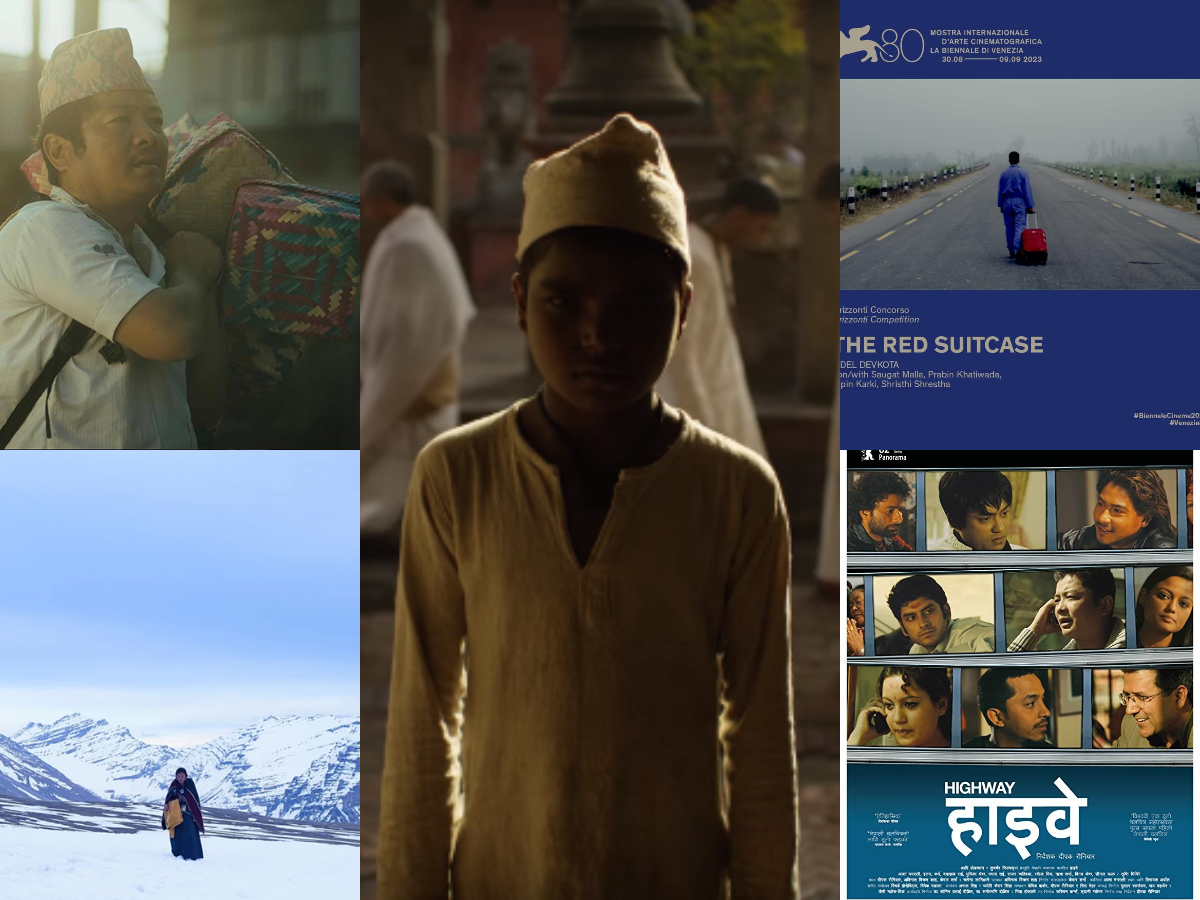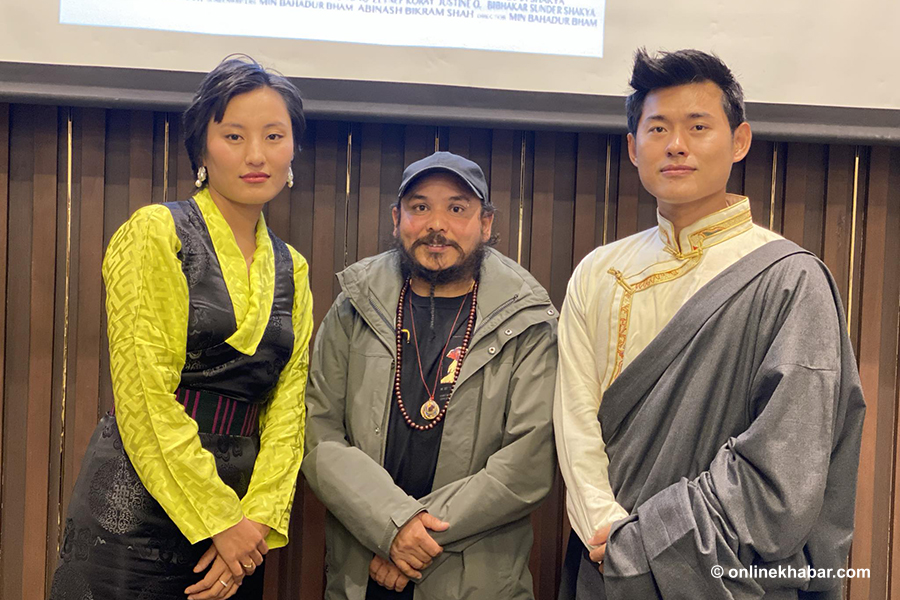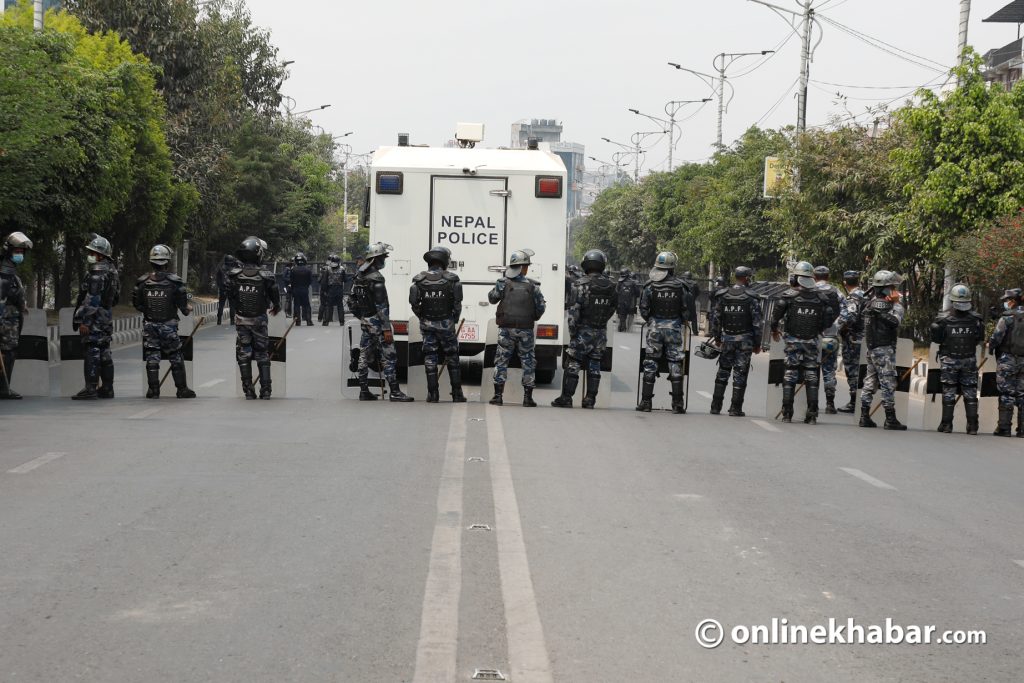
Kathmandu, February 26
Reviews of the Nepali film Shambala, which had its world premiere at the Berlin International Film Festival (Berlinale), have started coming in. Most of the reviews are positive as it has praised the Nepali film made by Min Bahadur Bam.
Even though Shambala, which is the first Nepali film to be selected in the major category of Berlinale, did not win an award, it received positive feedback from journalists all across the globe.
The film follows the journey of Pema played by Thinley Lhamo, as she searches for the father of her missing child.
Variety magazine headlines, ‘A Tranquil but Meandering Mountain Journey,’ highlighting the film’s narrative which intertwines the enjoyment of people with spiritual and abstract elements. Variety notes that the mountains depicted in the film serve as both a journey of exploration and reflection.
Variety describes Shambala’s landscape as mountainous, yet notes that its emotional depth resembles a distinct plateau. The magazine commends actress Lhamo for her portrayal of Pema, stressing the feminist perspective on the societal and spiritual expectations placed on women, with Pema emblematic of feminist ideology.
The Hollywood Reporter’s headline reads, ‘Stunningly Crafted Nepalese Drama Takes Too Long to Cast Its Spell,’ indicating a gradual appreciation. While the review acknowledges some narrative and technical issues, overall, it offers a moderate assessment.
The magazine reflects on the film’s unique presentation of knowledge, suggesting that director Bam’s approach demands patience to fully appreciate and comprehend.
Critic James Mottram of the South China Morning Post hails Shambala as a masterpiece, praising its undisturbed nature and director Bam’s fascination with Eastern symbols, which permeate the film.
Screen Daily lauded the film, describing it as visually magnificent. The magazine emphasised the clarity of the societal depiction within the film, noting the detailed portrayal of character dynamics and interactions, crediting the artists for their adept storytelling.
Additionally, the magazine highlighted the serene beauty added by the vast herds of goats, sheep, horses, and wandering yaks in the background, enhancing the film’s visual appeal.
Clocking in at two hours and thirty minutes, the film is presented in Tibetan and Nepali languages. Its central narrative revolves around the theme of polygamy in the high Himalayan region of Nepal bordering Tibet.




















